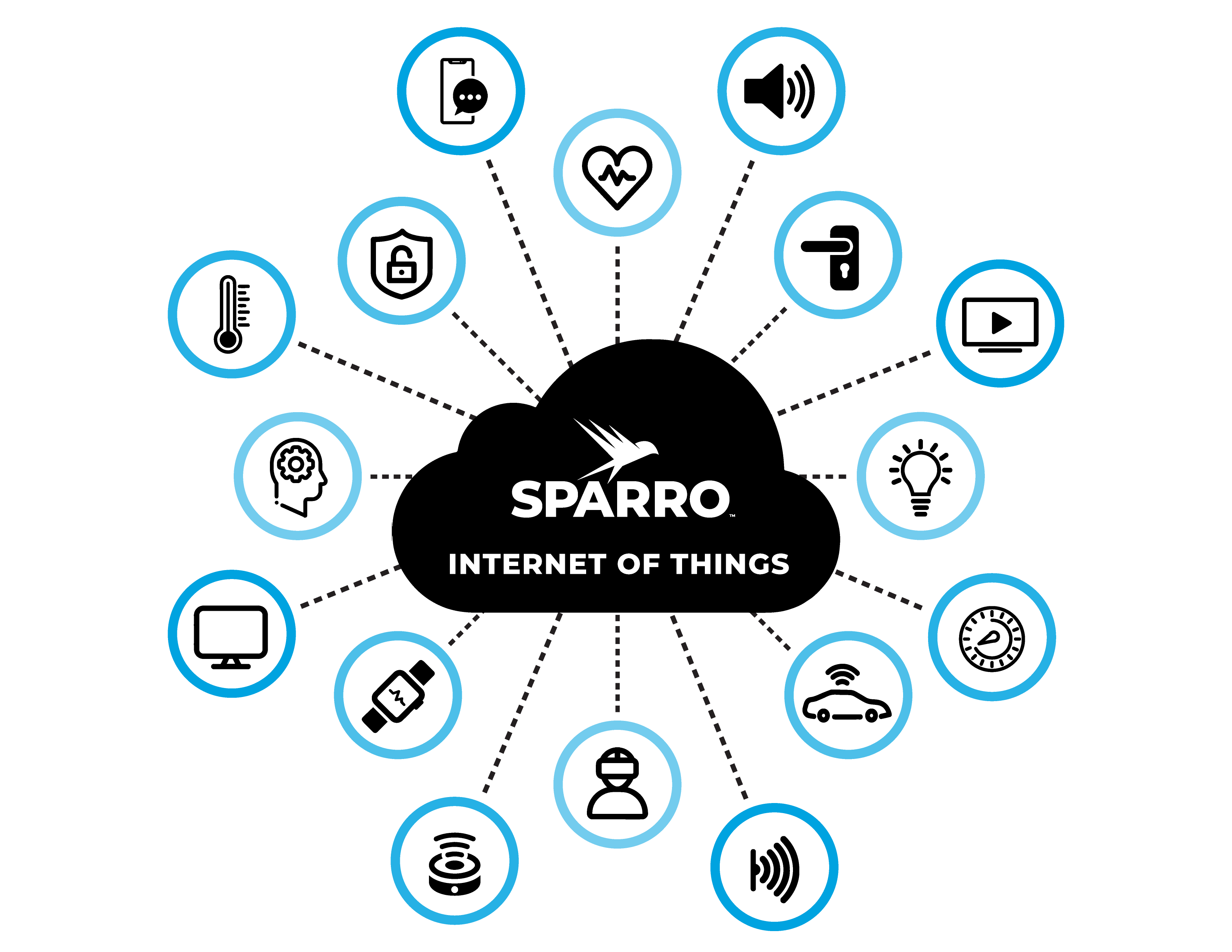
IoT, or the Internet of Things, is a general term used to describe a system of connected objects such as machines, sensors, actuators, or any electronic device with the capability for communication. Each object within an Internet of Things sensor network can communicate wirelessly with other objects, either directly or over a larger network. End-to-end IoT solutions work intelligently and automatically, without human intervention needed to enable the communication.
Embedded devices, with each device having the ability to collect and/or process data
A wireless network for the transmission of this data
Some way to control the devices within the network

There are a wide variety of uses for end-to-end IoT solutions in many different settings. For example:
IoT solutions can not only gather information, but with the right equipment, they can also automatically adjust for conditions using programmed algorithms or even artificial intelligence. The automation provided by end-to-end IoT solutions can result in cost savings as well as improved performance and scalability.
There are a number of different types of networks that can be used for IoT communications, and each has its benefits depending on the setting:
With the information and automation enabled by IoT solutions, businesses can adjust quickly to changes in their environment, allowing for improved efficiency, quicker responses to problems (or even preemptive fixes before a problem arises), and better performance at a lower cost.
SPARRO © 2023 WCI Technologies, LLC. All Rights Reserved.